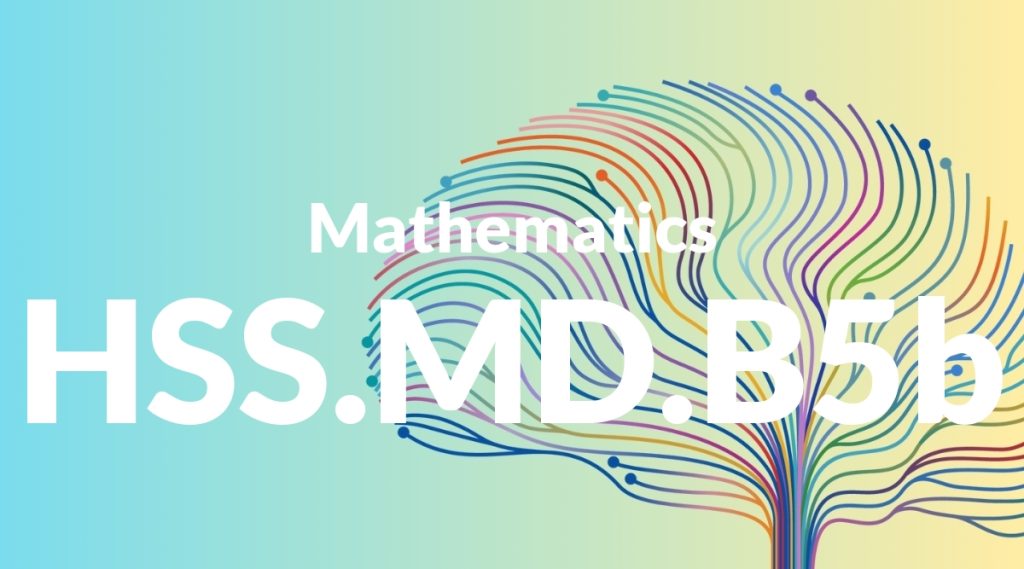Standard: HSS.MD.B5b – Evaluate and compare strategies on the basis of expected values. For example, compare a high-deductible versus a low-deductible automobile insurance policy using various, but reasonable, chances of having a minor or a major accident.
Grade level: High School: Statistics & Probability
Subject: Mathematics
Domain: Measurement & Data
Teacher Overview
This standard focuses on helping students learn to evaluate and compare different strategies based on their expected values. This skill is crucial for making informed decisions in real-world scenarios, such as selecting the best insurance policy or investment strategy. Understanding expected value allows students to weigh the benefits and risks of various options, fostering critical thinking and practical application of mathematical concepts. Students should have a solid understanding of basic probability and statistics, including calculating probabilities and measures of central tendency like mean and median. This foundational knowledge is essential for grasping the concept of expected value.
Mastering this standard will prepare students to tackle more complex decision-making scenarios involving risk and uncertainty. They will be able to apply expected value calculations in various fields, enhancing their analytical and problem-solving skills.
Common Misconception 1
One common misconception is that a higher deductible always means a worse insurance policy. Students often overlook the potential cost savings associated with higher deductibles, especially when the likelihood of filing a claim is low.
Intervention 1
To address this misconception, present scenarios where a higher deductible results in lower overall costs. Use real-life examples and calculations to demonstrate how expected value can guide the decision-making process.
Common Misconception 2
Another misconception is that expected value is the same as the actual outcome. Students may mistakenly believe that the expected value guarantees a specific result, rather than understanding it as an average over many trials.
Intervention 2
Introduce simulations or historical data to illustrate that expected value represents an average outcome over multiple instances. Show how individual results can vary widely from the expected value but tend to average out over time.
Prerequisite Knowledge
Students should understand basic probability concepts, including calculating probabilities for simple events, and have a foundational grasp of statistics, such as mean, median, and mode.
Subsequent Knowledge
Students will develop advanced decision-making skills, including the ability to apply expected value in more complex scenarios and understand risk management in various contexts.
Instructional Activities
- Conduct a class activity comparing different insurance policies using expected value calculations.
- Use real-world scenarios to evaluate investment options based on expected returns.
- Create group projects where students analyze business strategies and assess risks using expected value.
- Simulate different outcomes for medical treatment plans and compare their expected values.
- Have students present case studies where they apply expected value to make informed decisions.




